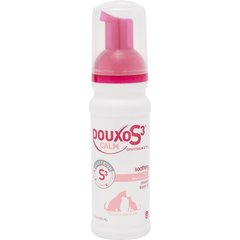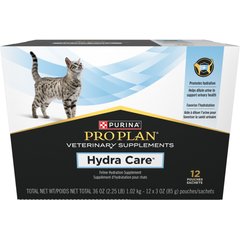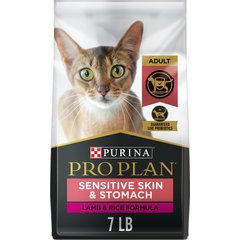How Do Cats Sweat?
Did you know that the domestic cat descended from wild desert cat species in Africa and Arabia? That’s right—our cats’ ancestors came from really hot places! Even on blistering hot days, you are likely to never see your cat sweat. So how do cats keep themselves cool?
Here are some interesting facts about cat sweat that you can use to best care for your cat AND wow your friends.
Do Cats Sweat?
Even though you may never see them sweat, cats are born with an efficient cooling system. Unlike humans, who are born with sweat glands all over the body, a cat’s sweat glands are only located in a few specific hairless areas, including the paws, lips, chin and on the skin that surrounds the anus.
When the body sends a message to the brain that the body’s temperature has gotten too high, the brain sends signals to these glands to start sweating. When the sweat evaporates, it produces a cooling effect on the skin.
Stress can also cause a cat to sweat—a cat that is frightened in a veterinary clinic will often sweat through his little cat paws, leaving wet footprints on the exam table.
Vet Recommended Health Support
- Douxo S3 CALM Soothing Itchy, Hydrated Skin Dog & Cat Mousse, 5.1-fl oz bottle$28.69Chewy Price
- Purina Pro Plan Veterinary Diets FortiFlora Powder Probiotic Digestive Supplement for Cats, 30 count$30.99Chewy Price
- Purina Pro Plan Veterinary Diets Hydra Care Liver Flavored Liquid Supplement for Cats, 3-oz pouch, case of 12$14.99Chewy Price
- Purina Pro Plan Adult Sensitive Skin & Stomach Lamb & Rice Formula Dry Cat Food, 7-lb bag$28.08Chewy Price
Tricks Cat Use to Cool Down
Because cats have only a limited amount of sweat glands, sweating alone is not enough to lower the temperature of an overheated kitty. Cats can also cool themselves through grooming, which is why you may see your cat grooming more in the summer.
When the excessive saliva evaporates, it cools the skin. This is a normal behavior that cats use to dissipate excessive heat from their bodies, which is different than overgrooming due to skin problems, pain, anxiety or stress. A cat that is overgrooming due to health issues will have abnormally short, barbered hair, bald areas or red skin in the area of overgrooming.
Another trick that cats use to cool down is to take a siesta during the heat of the day. During the summer, cats—particularly outdoor cats—will disappear during the day and increase their activity at night.
Just like their wild ancestors and other wild felids, domestic cats will find a nice, cool, hidden place to rest and spread out their body over a cool surface to dissipate heat. Once the sun has gone down, they then resume their nocturnal hunting behavior.
What About Panting?
Panting is not normal in cats. While cats can use panting to cool down, panting is usually a sign that a cat is too hot or too stressed, or has an underlying heart or lung disorder that needs to be addressed by your veterinarian.
If you notice your cat panting, place your cat in a cool, calm area with a bowl of water where your cat can cool down. If the panting continues or if your cat isn’t acting normally, it could be a sign of heat stress or heatstroke in cats. In these cases, take your cat to a veterinarian immediately.
Can Excessive Sweating Point to an Underlying Medical Condition?
Cats typically never sweat enough to characterize it as excessive sweating; however, if a cat is in a cool environment and still leaves sweaty footprints, then that can point to underlying stress and/or anxiety that should be addressed with a certified behaviorist or veterinarian.
Some owners may notice excessive sweating around the mouth, but in those cases, the cat is usually salivating excessively due to a dental or stomach problem. On occasion, a cat will drool with happiness when she is petted. If you notice excessive wetness around your cat’s mouth, consult your veterinarian.
By: Dr. Sarah Wooten
Featured Image: iStock.com/jinjo0222988




